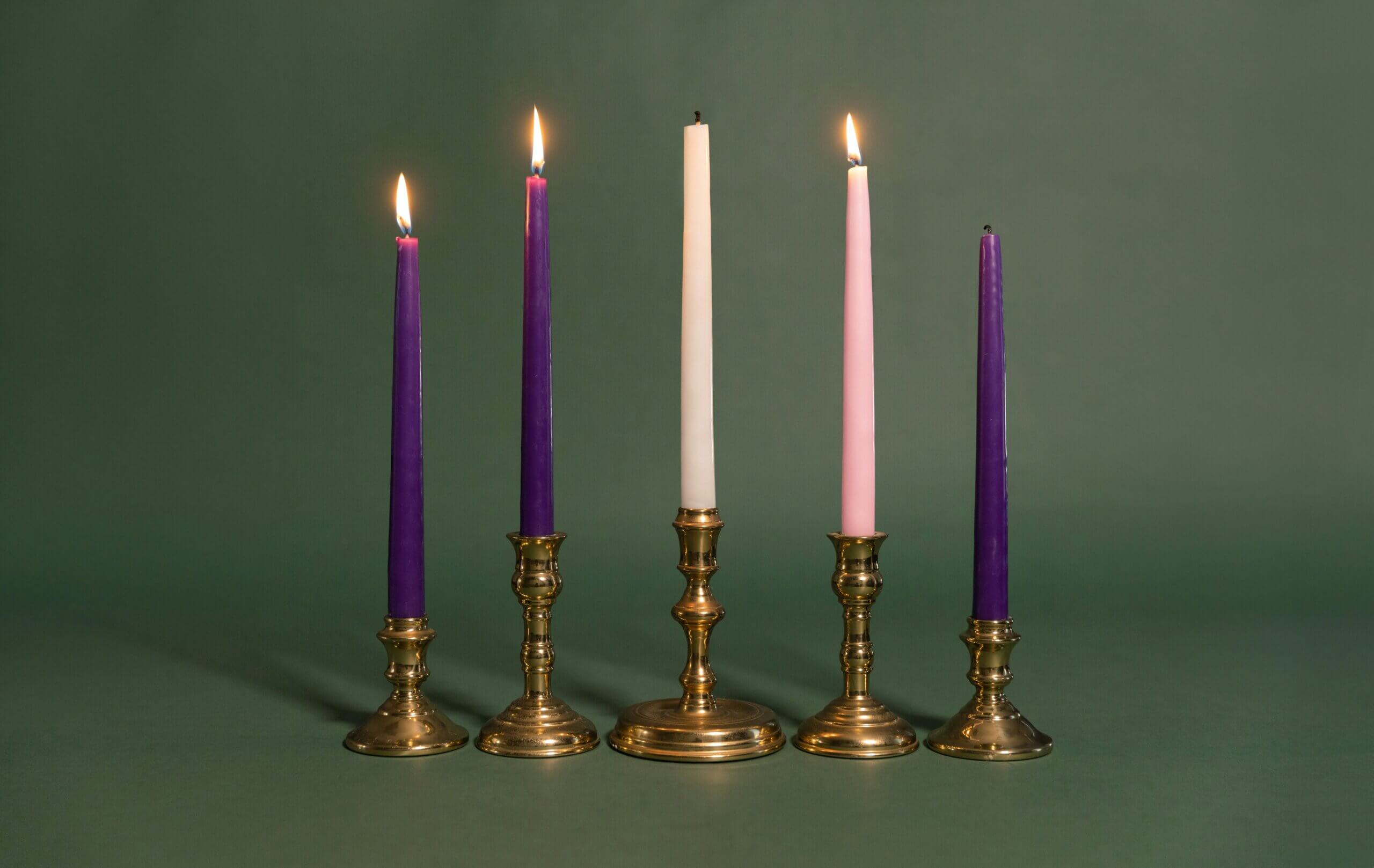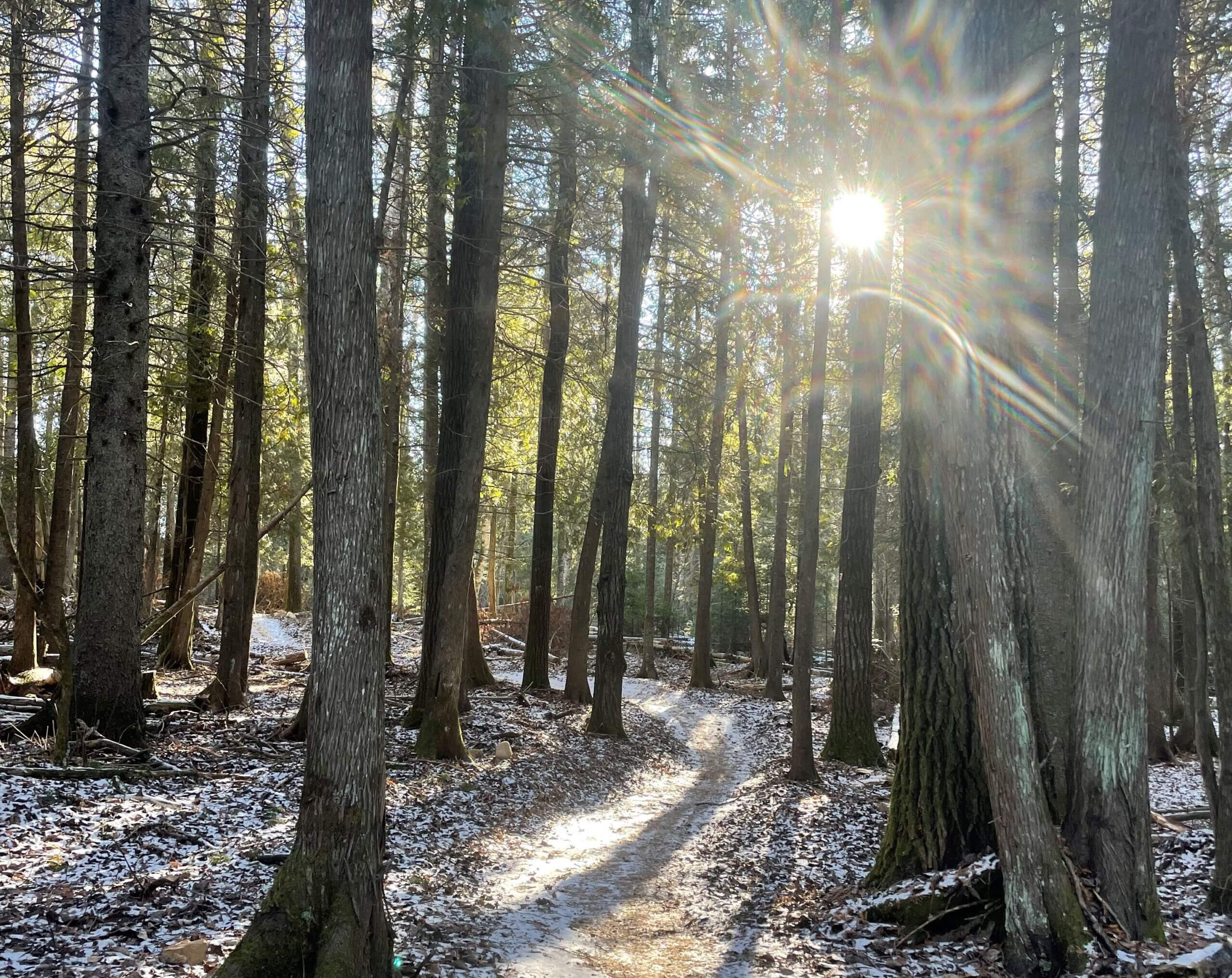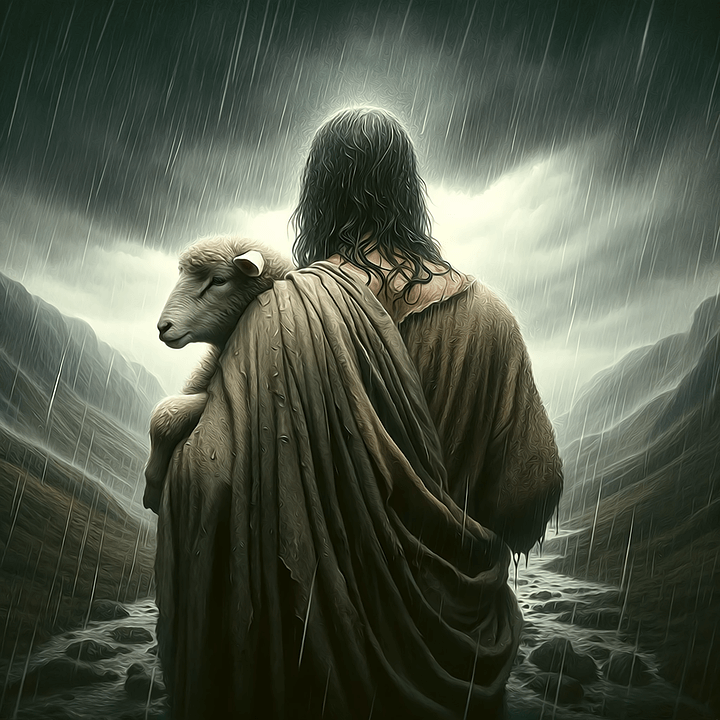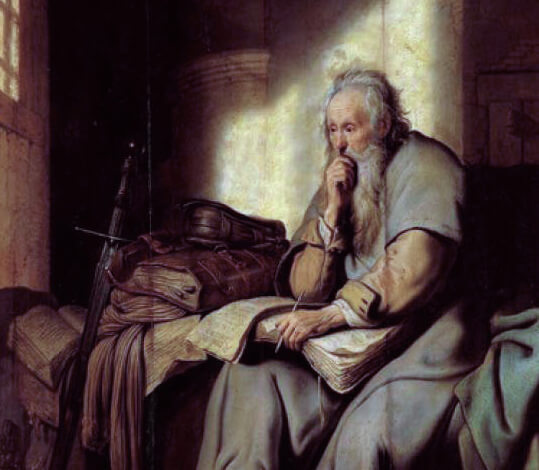Cathy Crowe,
Street Nurse, Author
Thank you for inviting me to this place I have spent a lot of time in.
I’d like to read something by someone you all may know – Brian Burch:
We know what heaven is like: “In my father’s house are many rooms. If it were not so, would I have told you that I go to prepare a place for you? (John 14:2). And we know what Toronto is like. In our city are many heating grates; in our city are many file folders full of names of our sisters and brothers seeking a home. In the midst of our city are many trying to bring to life in the present heaven’s promise. This is done through protests and petitions. It is done through opening up sanctuary spaces for temporary resting places. It is done by squatting empty buildings. And it is done by those that weave together funds from various sources to develop new housing.”
This was by then Rev. Brian Burch in a homily given in 2005. Brian tells me he is now a grassroots co-op activist – which I think is a fantastic title.
Church of the Holy Trinity is woven through my memoirs, A Knapsack Full of Dreams.
That likely won’t surprise many of you. I’ve spent a lot of time here.
Each chapter in my memoirs has its own unique title but is introduced by a film that has influenced me. Those range from films about Tommy Douglas and Norman Bethune to MASH, Silkwood, Oh What a Lovely War! and Vision, a film about the nun Hildegard von Bingen.
Let me give you a few examples.
In an imaginary interview with Florence Nightingale I tell her:
“Going back to the homeless crisis. This month, we will add 8 more names of homeless men and women to our memorial here at the Church of the Holy Trinity. No one really knows how many people died this month. Many are known only as John or Jane Doe.”
Florence replies (and these are her exact words): “It would be very desirable to know how often death is with adults not a necessary, inevitable result of any disease…”
I reply: “Well, there is the ‘disease’ of homelessness.”
Florence goes “Hmmm.”
I ask her: “Do you have any last words to guide those of us trying to carry on your ‘dance’?”
Florence, with a twinkle in her eye, replies: “Yes, you must create a public opinion, which must drive the government, instead of the government having to drive you. An enlightened public, wise in principles, wise in details, will make the difference.”
*****
In my chapter called Take a Walk with Me: Walks for Social Justice (introduced by Emilio Estevez’ film The Way – which chronicles a father’s walk on the Camino de Santiago) I describe:
“The Real Toronto Tour for the International Olympic Committee.
In 1993, several groups came together to hold a Canada-United States Forum on housing in Toronto. The American National Coalition for the Homeless, Habitat International, and the Rupert Community Residential Services (Toronto) hosted the forum in the Church of the Holy Trinity. A unique feature to the conference was the inclusion of “Touring the Real Toronto,” a tour that would go beyond the tourist spots to view the contradiction between the city’s wealthy and exclusive residential neighbourhoods and affluent business districts and impoverished communities such as Regent Park. This route and format formed what would become a powerful learning tool.”
This example typifies HT’s opening of their doors for community activism over the years.
*****
In my chapter about the beginnings of street nursing I tell the story of some of the people I met as patients early on in my career. That chapter is introduced by the film ‘Goin Down the Road’, the Don Shebib film that tells the story of Pete and Joey – two Maritimers who end up in Toronto looking for the Promised Land.
“Merv came to Toronto from Winnipeg. I had lunch with Merv yesterday. Even though he had eaten a hot lunch a half hour before our meeting at the drop-in, he still ordered a huge plate of food with me. Kind of like what squirrels do to prepare for winter. Merv was homeless for a short period of time as a young kid when his father kicked him out, but then spent the next few decades working at various jobs. He now reflects that his first experience prepared him for when he later became homeless in his sixties. He thinks it’s not right that a man should be forced to panhandle for enough spending money or food. He thinks it’s not right that people should be crowded together in shelters or daytime shelters (drop-ins) for years. He thinks it’s not right that so many people should have to sleep outside because they can’t tolerate what happens inside shelters—your stuff stolen, catching diseases, having to sleep beside a snorer.
He’s in housing now—a subsidized bachelor unit. He pays $390 of his $1100 pension for rent. But the building is not so great. He was recently robbed. But he takes the issue a step further—he’s happy to describe the challenges he faces but warns against dwelling on them. He follows the news and warns that without a national housing program people are not going to be able to move from homelessness to housing. He knows too well that no matter how hard the homeless sector works to meet people’s needs, they will never, ever be able to meet people’s needs. And he knows what that means—increasing hunger, poor health, deaths. He knows more than thirty of the names on the Homeless Memorial list at the Church of the Holy Trinity. He says housing is a human right. He worries what will happen next.
Merv has also died.
*****
In a chapter called “The Wolf at the Door: Mike Harris and the Making of the Homeless Disaster” (chapter introduced by Le Temps du Loup by Michael Haneke) I again write about death.
“Deaths continue to be monitored by a volunteer committee in Toronto and a monthly ceremony at the Church of the Holy Trinity routinely includes the addition of four to six names.”
Then later I write: In January “we added ten names to our monthly homeless memorial.”
*****
In a chapter called “The Heart of the Home: Kitchens as Signposts of Social Wellbeing” (introduced by the film Oliver!) I write:
“Holy Trinity has a very tiny kitchen on the west side of the church. After each memorial, Holy Trinity’s members lovingly serve the lunch. Macaroni and cheese with coleslaw is my favourite. This same church not only deals with the downstream but also looks upstream for solutions. Today it is at the heart of community organizing on issues including hunger. People who feel hunger in the pit of their stomach came there in November to testify at the Recession Relief Coalition’s Hunger Inquiry. Panelists that heard evidence included activist Chef Joshna Maharaj, Dr. Gary Bloch, Canadian Auto Workers’ economist Jim Stanford, and Bruce McLeod, former moderator of the United Church of Canada.
Perhaps this comment at the inquiry by Curtis Bishop of Houselink summed things up most simply: ‘Is there any part of human experience that is not sustained and enhanced by food?’”
***
My last chapter ‘A Dream to Come True’, introduced by the film After Life, (by filmmaker Hirokazu Kore-Eda) literally ends in HT but I can’t read it to you it’s a bit of a surprise, a reflection on a pivotal day in my career when we declared homelessness a national disaster.
So flash forward to today.
I’m struck by the moral concept of thin places in time.
It strikes me we are at a very thin time today.
Thin energies, thin coalitions, thin people.
The people I see sleeping and trying to survive outside are thin and appear to be in end stage of life.
On the other hand I see robust policies of hurt and neglect:
- City staff who ticket and evict homeless people from outside spaces, including around this church.
- The now 33-year city reliance on the faith sector, the Out of the Cold program, to provide shelter creating a forced migration day by day.
- The city’s reliance on a now permanent 2nd tier/class shelter for women at Fred Victor’s Adelaide site and Sistering, where women sleep on chairs, mats, sometimes Lazy Boy chairs.
- In addition, the permanent 3rd tier/class shelter for people in respite sites that range from temporary warehouse type sites such as the Queen Elizabeth building at the CNE to the blue and white domes.
- The thinning of services only got sharper this past summer when the city cancelled its cooling centre program and then defended its web-based search engine that would direct people to 300 sites including the Eaton Centre, pools and splash pads. Last week I witnessed the Board of Health allocate less than 10 minutes for discussion on this. Every single recommendation brought by nurses including the RNAO, who have been researching the impact of climate change on vulnerable people, was ignored.
- The thinness of basic shelter is most evident this month as the city sleeps 50-70 people at its Peter Street Referral Centre. It’s not a shelter. They are in chairs.
- Then there are the families. Due to the lack of shelter space for families, there are now 3 times as many family members in motel/hotel rooms (2100) as in family shelters (730).
- There continues to be an extensive waiting/placement list for families to access emergency shelter. Families on the waiting list are either placed in a temporary “holding” hotel, or they sleep in “alternative spaces” at family shelters and refugee houses (offices, program rooms) until shelter space becomes available.
- The City has also starting placing some of the refugee families at hotel programs in neighbouring municipalities (Peel Region, Durham Region, Hamilton).
Many of you know my long-time colleague Beric German. He reminds me that we go through peaks and valleys when it comes to activism and holding authorities accountable to achieve wins.
We are in a valley.
Samhain (pronounced ‘sowin’) is a Gaelic festival marking the end of the harvest season and the beginning of winter or the “darker half” of the year.
My friend Heather Brandon sent me this quote: “When the veil is the thinnest …we have greater access to our inner knowing.”
I believe we know what we have to do.
We’ve done it before. We have to build movement muscle.
Thank you all for always witnessing and being part of this struggle.






